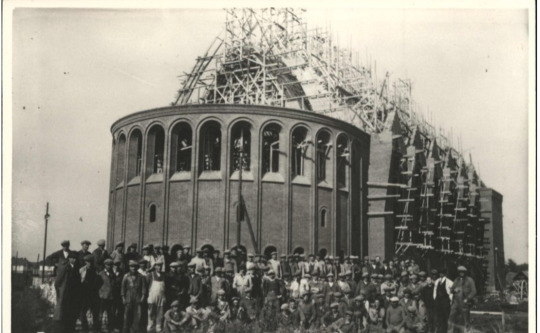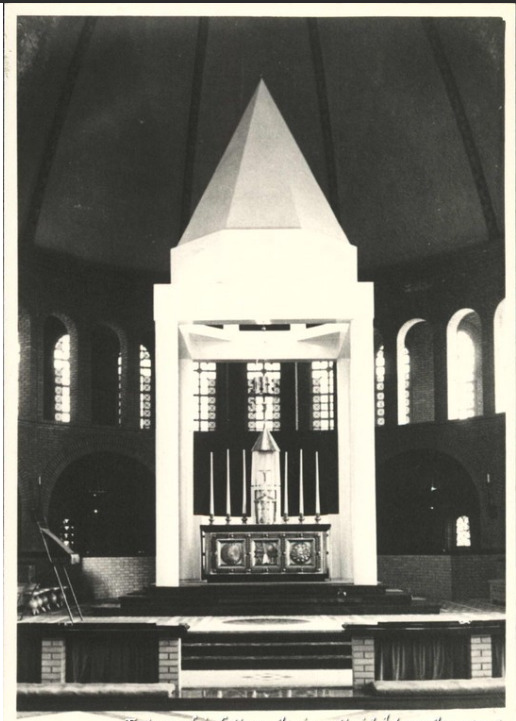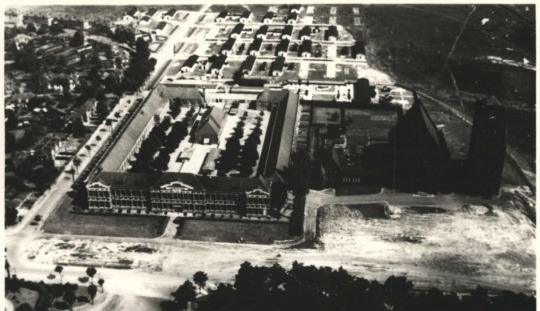#StudioKultuurscape
Explore tagged Tumblr posts
Text







In Western Europe, declining church attendance leaves many churches vacant. As these historic structures decay, communities seek adaptable spaces. After attending a masterclass on managing religious heritage in secular societies, I explore an active church to understand why these churches still hold significance in our secular communities.
The church we're focusing on is within my reference frame: the Sint-Albertus Church in Zwartberg, Limburg (Belgium). Amidst the industrial mining legacy of Mid-Limburg, the Sint-Albertus church emerges as a testament to tradition, resilience, and community. Originally built for nearby coal mine workers, it was commissioned by mining communities and constructed to serve the predominantly Catholic population's religious needs, symbolizing welfare and endurance.
The architecture, characterized by dark robust brickwork and interconnected volumes including a nave, tower (with baptistery), and rectory (with caretaker's residence), reflects the grandeur of its purpose contrasting with the subdued atmosphere of the interior. Materialized with beautiful ceramic floor tiles and stained-glass windows, the church releases an aura of reverence and tranquility, enforcing introspection by its neutral space.
Located at the heart of Zwartberg between different neighbourhoods, the church fosters dialogue and connection among diverse communities, transcending cultural boundaries looking at the nearby Turkish and Italian church. Despite facing technical challenges over the years, including roof replacement and tower renovations, it remains a symbol of resilience and community spirit.
Should the church transition away from religious activities, preserving its legacy as an introspective space and enhancing dialogue and connection among communities, regardless of culture, religion, or background, is advisable. Historically, education and care were significant aspects, aligning with the building's core intent: to fulfill the elementary needs of a worker community.
Churches as Cultural Beacons: Architecture and Community part I
#ArchitectureAndCommunity#ChurchesAsSymbols#CulturalHeritage#ArchitecturalTheory#ReligiousHistory#SocioCulturalBackground#ChurchesInTheLandscape#ArchitecturalSymbolism#FutureOfChurches#CommunityConnections#ReligiousHeritage#ArchitecturalLegacy#CommunityUnity#CulturalDialogue#SpiritualSanctuary#HistoricLandmark#ZwartbergHeritage#BelgianReligiousHeritage#StudioKultuurscape#ChallengesofArchitecture#Architecture#kimberly wouters architect
0 notes